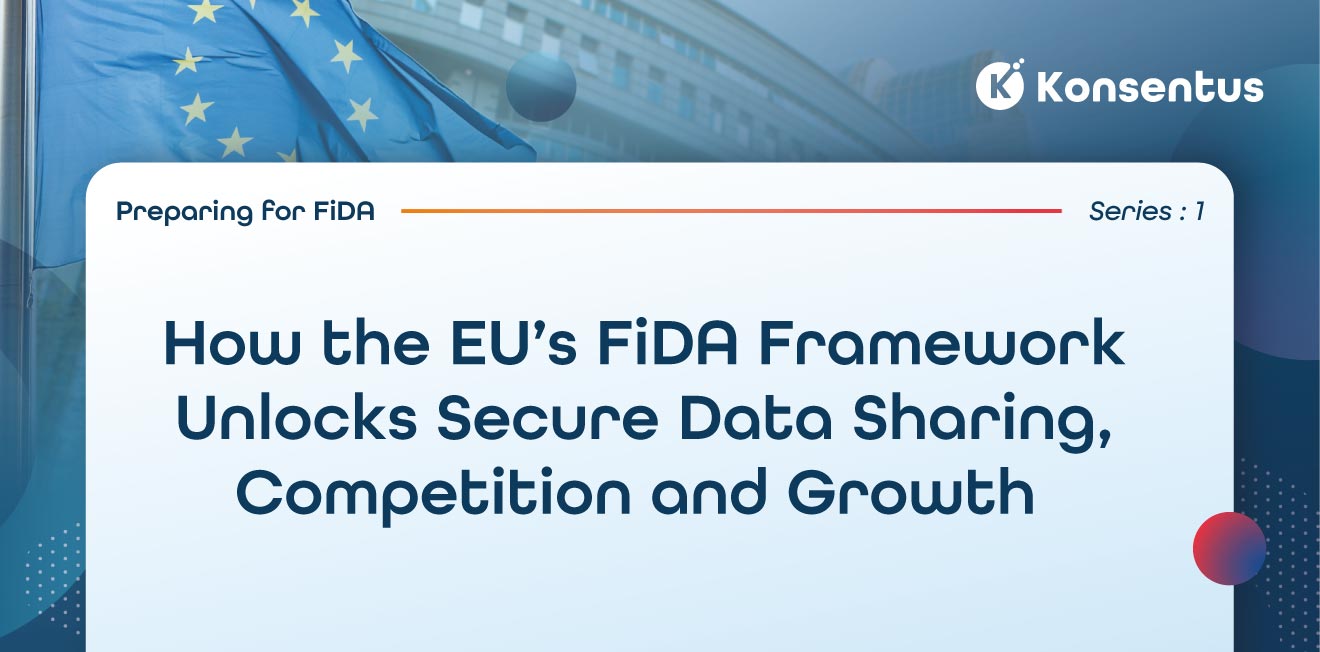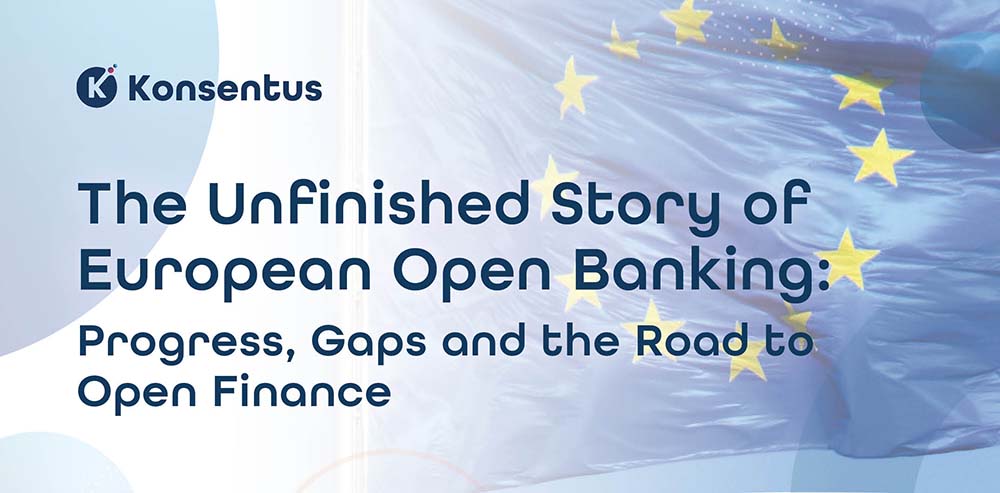If ever there was a time for digital financial services, we’ve just abruptly reached it. All the unpopular branch closures over the years, each of the new and over-publicised personal financial management (PFM) efficiencies from banks, their data enrichment stories, their categorisation initiatives; all the ways of speeding up payments and optimising financial outcomes for the customer – suddenly they’re incredibly relevant. We see how overnight in some markets, contactless transaction limits are being raised in response to the consumer’s sudden aversion to physical cash and inputting PIN numbers on POS terminals. Digital payments, cost and fee reductions, better visibility and real-time activity are now the cornerstones of the new economic world we instantly exist in.
Consumers and businesses are urgently shopping around for answers, rescues, improved packages, ways of sustaining themselves. Low-cost and tight-margin providers are seeing immediate upturns in their business, whether they’re offering a service which is incredibly innovative or whether they’re providing better value than what’s available on the high street. It’s a natural step in the shock cycle, starting with confusion, followed by alarm, followed by fear, followed by frustration followed by a decision to take concerted action because the man on the street is now utterly focused on improved value and is going out to search relentlessly for it. Meanwhile, less expected reactions have included early expressions of optimism combined with industry solidarity and this is where there’s an opportunity to rebuild confidence despite the crisis, which the financial industry can do by clearing the path for consumers to be able to benefit from better market offerings.
As per PSD2 it’s a fundamental right for consumers to be able to provide access to their accounts to a certified Third Party Provider, and never before has that frictionless access been so profoundly required, particularly, in relation to inclusion, during a downturn. Consumers genuinely need to be able to grasp the best financial offerings and outcomes available to them; the visions held by the designers of PSD2 will cease to be aspirational and instead have a significant and early opportunity to be proven, to become sources of strength to pressured accountholders. But the mandated requirement still exists for financial institutions to open up access to accountholder data, and those who so far have failed to do so risk being on the wrong side of history with the added expense of a depleted customer base who find it easier to achieve their immediate and urgent requirements elsewhere.




